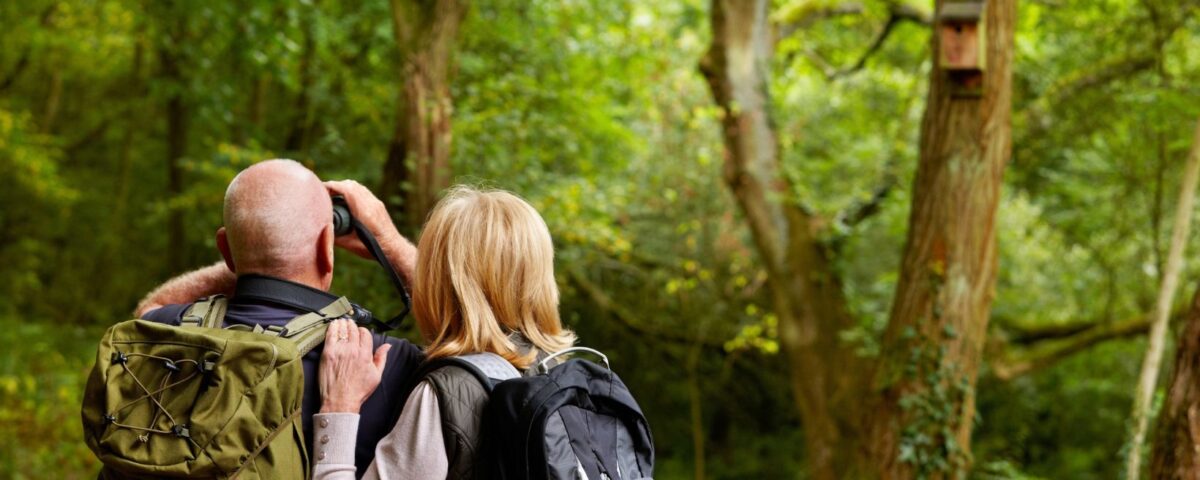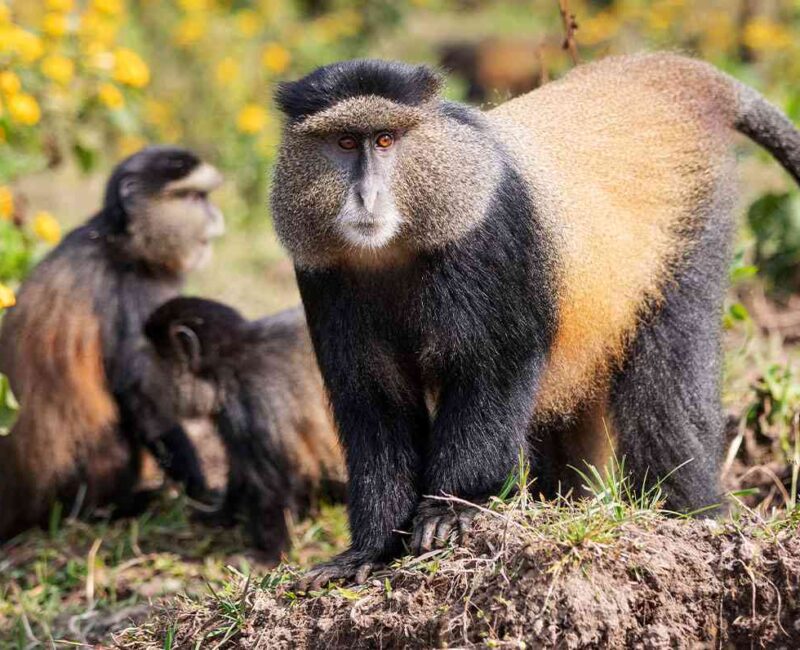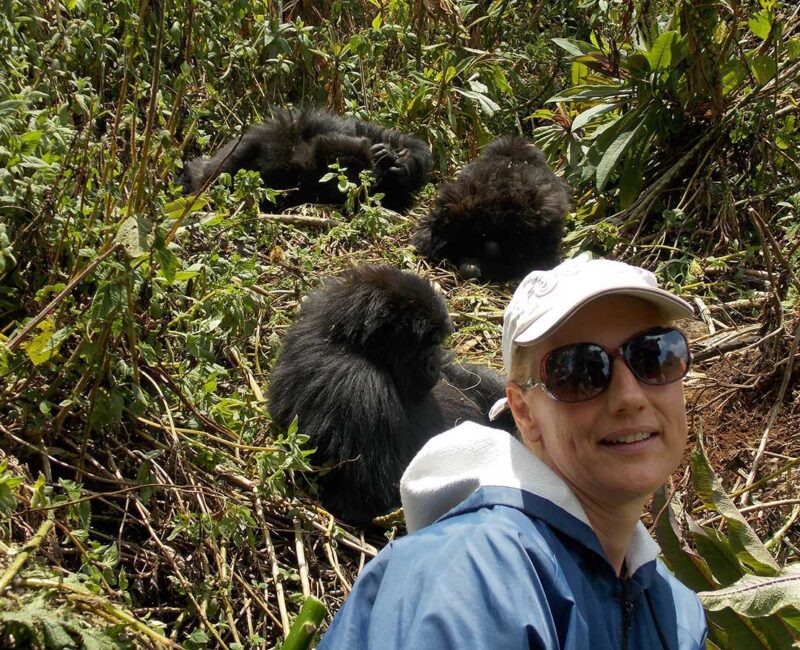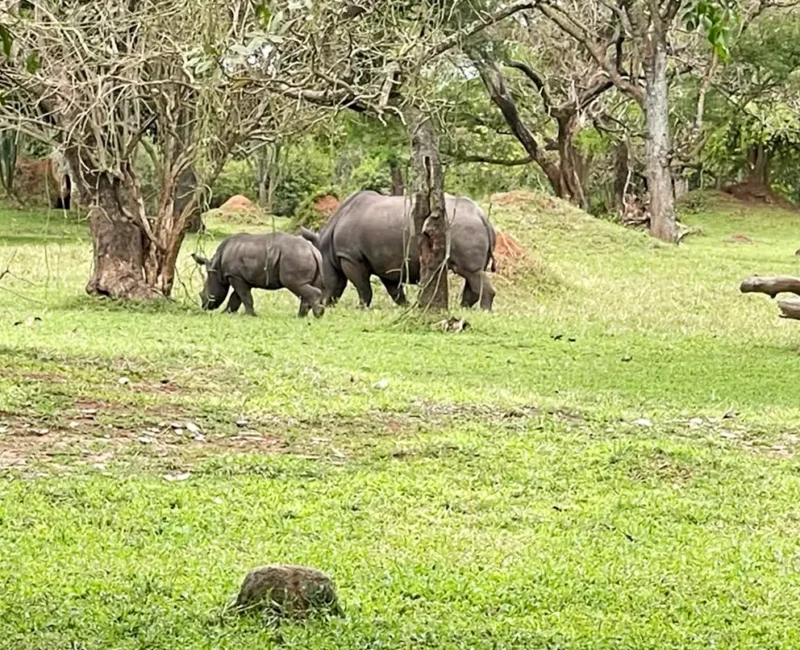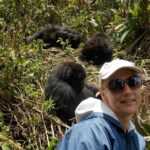
How Can I Prepare Physically for Gorilla Trekking in Uganda?
October 29, 2025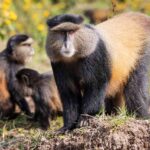
Do I Need a Guide or Can I Track Golden Monkeys Independently
October 29, 2025How Accessible Are Remote Migration Areas for Travelers?
Many travelers ask, “How accessible are remote migration areas for travelers?” This question is central to planning Kenya Safaris and Tanzania Safaris, especially for those eager to witness the Kenya Great Migration or Tanzania Great Migration in its most pristine, remote locations. The Great Migration, involving over 1.5 million wildebeests alongside hundreds of thousands of zebras and gazelles, covers thousands of kilometers of savannah, rivers, and woodlands, stretching across national borders. While accessible areas attract large crowds, the remote migration corridors offer unparalleled wildlife viewing, privacy, and photographic opportunities.
Introduction: Navigating East Africa’s Iconic Migration Landscapes
Nkofu Africa Safaris specializes in providing travelers with the expertise, logistics, and resources to access these remote areas safely and comfortably. Guests can combine Rwanda Gorilla Trekking Safaris or Uganda Gorilla Trekking Safaris with migration-focused itineraries, creating multi-country adventures that blend forest primate encounters with iconic open-plain wildlife spectacles. Accessibility considerations include road conditions, vehicle types, park entry requirements, and local accommodations, all of which influence the quality and safety of the experience.
The question How accessible are remote migration areas for travelers? extends beyond logistics. It encompasses seasonality, park infrastructure, and traveler preparedness. Understanding these elements ensures that safari-goers experience both the thrill of the migration and the richness of East African biodiversity, from predators on riverbanks to rare birds and culturally rich communities. By addressing accessibility, Nkofu Africa Safaris positions itself as a trusted authority in planning sophisticated, immersive safari experiences for global audiences.
Understanding the Geography of Remote Migration Areas
One of the first considerations when exploring “How accessible are remote migration areas for travelers?” is understanding the geography of East Africa’s migration corridors. In Tanzania Safaris, remote sections of the Serengeti, such as the Western Corridor and the Ndutu region, provide less frequented viewing points. These areas often involve unpaved roads, seasonal river crossings, and longer drives between lodges and observation points. Similarly, in Kenya Safaris, the northern Mara Triangle and Loita Plains are remote zones with fewer tourists, offering more exclusive encounters but requiring specialized 4×4 vehicles and experienced guides.
These areas are not just remote by distance—they are ecologically significant. Wildebeests and zebras follow rainfall patterns, moving through less accessible woodlands and river valleys in search of fresh grazing. Understanding the geography allows safari planners to time visits optimally. Nkofu Africa Safaris uses local knowledge to guide travelers along these routes, combining Kenya Wildlife Safaris or Tanzania Wildlife Safaris with nearby cultural and birding experiences, such as Kenya Birding Safaris and Tanzania Chimpanzee Tracking Safaris.
Geography directly impacts accessibility, influencing vehicle requirements, travel time, and safety precautions. While some remote areas can feel challenging, expert-guided safaris make them accessible, safe, and incredibly rewarding. For travelers combining migration viewing with Uganda Gorilla Trekking Safaris, understanding these corridors ensures seamless cross-country itineraries that highlight both forest primates and open-plain wildlife.
Road Conditions and Transportation Challenges
When asking “How accessible are remote migration areas for travelers?”, road conditions and transportation infrastructure are major factors. Remote zones in both Kenya Safaris and Tanzania Safaris often have dirt roads that can become impassable during the rainy season. Seasonal variations significantly affect accessibility, particularly in regions like the Serengeti Western Corridor or the northern Maasai Mara, where flooding or erosion may limit vehicle movement.
Safari vehicles equipped for off-road travel, such as 4x4s with high clearance, are essential for accessing these remote areas safely. Nkofu Africa Safaris provides vehicles with experienced drivers and guides who understand local terrain, river crossings, and seasonal variations. By planning routes around weather patterns, guests can visit remote migration areas without compromising comfort or safety.
Transportation also determines itinerary flexibility. Combining Tanzania Great Migration viewing with Rwanda Gorilla Trekking Safaris or Uganda Gorilla Trekking Safaris requires careful timing and coordination, including flights or long drives between destinations. Proper planning ensures travelers enjoy both the thrill of the migration and the intimacy of forest primate encounters without logistical stress. In addition, understanding transportation challenges helps tourists answer How accessible are remote migration areas for travelers? with realistic expectations and confidence.
Seasonality and Wildlife Movement
Another key consideration for “How accessible are remote migration areas for travelers?” is seasonality. The Great Migration follows rainfall patterns, moving through different areas at different times of the year. In Tanzania Safaris, wildebeests and zebras occupy the southern Serengeti and Ndutu plains from January to March, then gradually move to central and western Serengeti until June, before entering Kenya’s Maasai Mara by July to October. These seasonal movements affect which remote areas are accessible and which are optimal for sightings.
During peak migration periods, some remote areas may become more accessible due to temporary camps, increased vehicle traffic, and guided excursions, while other regions remain off-limits to protect wildlife. Nkofu Africa Safaris leverages this knowledge to plan itineraries that align accessibility with peak wildlife activity. Combining migration viewing with Kenya Best Safaris or Tanzania Best Safaris ensures that travelers witness dramatic river crossings, predator-prey interactions, and herd movement, maximizing both visual spectacle and photographic opportunities.
Seasonality also impacts accommodation and logistical support. Travelers can opt for lodges, luxury tented camps, or mobile safari units near migration corridors, depending on access and seasonal suitability. Understanding the interplay between seasonal wildlife movements and accessibility helps answer How accessible are remote migration areas for travelers? while ensuring a seamless, safe, and rewarding safari experience.
Guided Experiences and Local Expertise
One of the most important factors when considering “How accessible are remote migration areas for travelers?” is the role of guides and local expertise. Remote regions require specialized knowledge of terrain, river crossings, and animal behavior. Experienced guides ensure safety, maximize wildlife encounters, and navigate logistical challenges while maintaining sustainable tourism practices.
Nkofu Africa Safaris provides expert guides trained in both Kenya Wildlife Safaris and Tanzania Wildlife Safaris, offering insider access to migration hotspots. These guides also integrate cultural experiences, such as Kenya Cultural Safaris, where travelers visit Maasai villages to learn traditional practices, or opportunities to explore local markets along migration corridors. By combining wildlife expertise with cultural immersion, travelers gain a holistic understanding of East Africa’s ecosystems and communities.
Combining migration viewing with Uganda Gorilla Trekking Safaris requires additional coordination, such as flights, border crossings, and park permits. Expert planning ensures that even the most remote migration zones are safely accessible, allowing tourists to experience both open-plain wildlife spectacles and forest-based primate encounters. Local expertise transforms what might seem logistically challenging into a smooth, enriching safari adventure.
Accommodation Options Near Remote Migration Areas
When asking “How accessible are remote migration areas for travelers?”, accommodation is a critical consideration. Remote areas along the Kenya Great Migration and Tanzania Great Migration corridors vary from luxury lodges to mobile tented camps. Some areas are entirely off-grid, requiring temporary campsites to minimize environmental impact while providing close access to wildlife.
Nkofu Africa Safaris arranges accommodations that balance comfort and proximity. For example, mobile camps in Serengeti’s western regions allow travelers to stay within walking distance of wildebeest herds, enhancing accessibility while maintaining sustainability. In Kenya, exclusive camps in the Mara Triangle provide intimate wildlife viewing without the crowds. Travelers can also combine these experiences with Rwanda Gorilla Trekking Safaris or Uganda Gorilla Trekking Safaris, staying in forest lodges before or after migration-focused safaris.
Choosing the right accommodation ensures that remote migration areas are not just reachable but also comfortable and safe. It enhances the safari experience by reducing travel fatigue, providing local amenities, and enabling early-morning game drives that capture the best wildlife activity. By integrating these logistics, travelers can answer How accessible are remote migration areas for travelers? while enjoying luxury, adventure, and immersion in East Africa’s unique ecosystems.
Combining Migration Safaris with Uganda Gorilla Trekking
Many travelers wonder, “How accessible are remote migration areas for travelers?” in the context of multi-country safari itineraries. Combining Kenya Safaris or Tanzania Safaris with Uganda Gorilla Trekking Safaris allows tourists to experience East Africa’s most iconic wildlife spectacles alongside intimate primate encounters.
For instance, an itinerary might begin with gorilla trekking in Bwindi Impenetrable Forest or Mgahinga National Park, followed by guided access to remote Maasai Mara or Serengeti corridors during peak migration. This combination provides contrasting experiences: the dense forests of Uganda and Rwanda with their social primates, and the open plains of East Africa with vast herds and predator-prey dynamics. Nkofu Africa Safaris carefully coordinates logistics, including flights, park permits, and guides, to ensure travelers access even the most remote migration areas without difficulty.
This integrated approach demonstrates the brand’s expertise, authoritativeness, and trustworthiness in planning East African safaris. Guests experience both adventure and comfort while exploring wildlife, culture, and biodiversity across multiple countries. It also answers the accessibility question comprehensively, showing that even the most remote migration zones are reachable with expert guidance.
Conclusion: Accessibility and Experience in Remote Migration Areas
In conclusion, travelers asking “How accessible are remote migration areas for travelers?” must consider geography, transportation, seasonality, local expertise, and accommodations. While remote regions in Kenya Safaris and Tanzania Safaris pose logistical challenges, expert guidance and careful planning make them reachable, safe, and highly rewarding.
Combining migration viewing with Uganda Gorilla Trekking Safaris or Rwanda Gorilla Trekking Safaris enhances the safari experience, providing both forest primate encounters and dramatic open-plain wildlife spectacles. Seasonal planning, mobile or lodge accommodations, and local guides ensure visitors can witness the Kenya Great Migration and Tanzania Great Migration at their peak while enjoying cultural experiences such as Kenya Cultural Safaris and birdwatching opportunities along the route.
Nkofu Africa Safaris specializes in creating itineraries that make even the most remote migration areas accessible without compromising comfort or immersion. By integrating wildlife, culture, and logistics, travelers gain unforgettable safari experiences, demonstrating the brand’s expertise, reliability, and authority in East African tourism. Understanding accessibility enhances anticipation, enriches experiences, and ensures safe, memorable journeys across East Africa’s iconic migration corridors.

